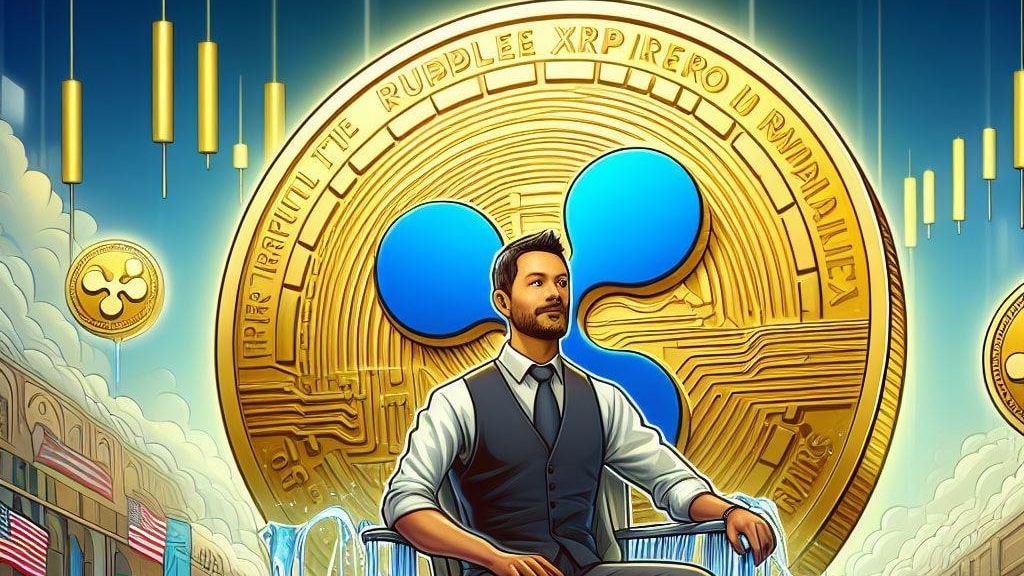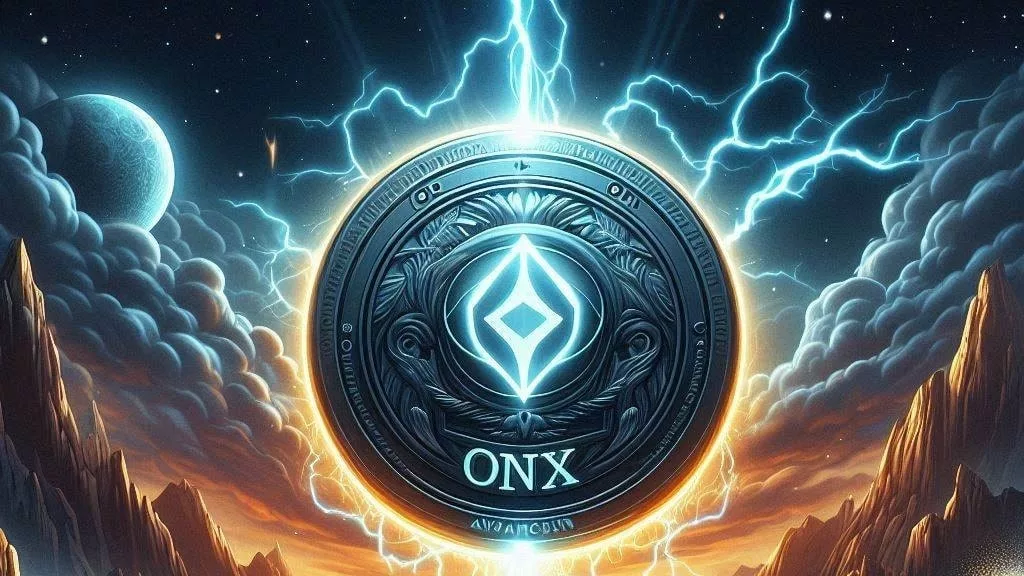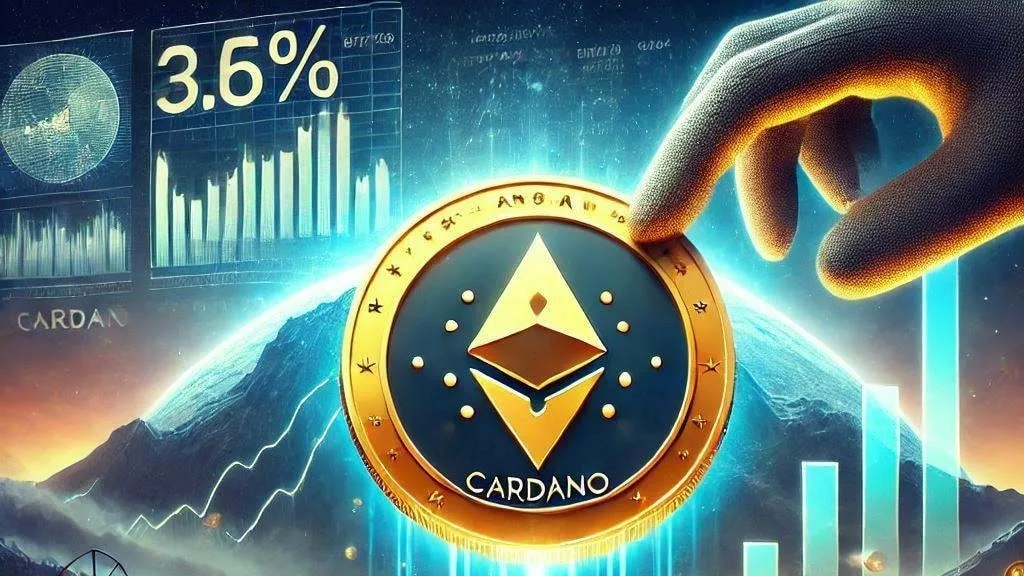
In the ever-evolving landscape of digital assets, Ripple, a prominent player in the blockchain realm, finds itself at the center of a swirling controversy. Allegations of price manipulation surrounding its native token, XRP, have cast a shadow over the company’s integrity and market influence. At the heart of this maelstrom stands Ripple’s Chief Technology Officer (CTO), David “JoelKatz” Schwartz, who finds himself embroiled in a battle to clear the company’s name amidst mounting suspicions.
The saga unfolded on the 18th of February in a digital exchange on X (formerly known as Twitter), where Schwartz categorically denied allegations of price manipulation through XRP sales. The accusations, fueled by ongoing concerns and controversies surrounding Ripple’s handling of XRP, have reverberated throughout the cryptocurrency community, sparking scrutiny and calls for transparency.
The crux of the matter lies in Ripple’s sales practices and their perceived impact on XRP’s price trajectory. Some stakeholders have raised questions about the company’s motives and actions, alleging that Ripple’s sales activities may have artificially inflated or suppressed the token’s value for strategic gain. In response to these allegations, Schwartz found himself compelled to defend Ripple’s actions, questioning the rationale behind any purported manipulation.
“I don’t think our XRP sales affected the price. The accusation is puzzling – what would be our motive for manipulation?” Schwartz remarked, seeking to quell the growing chorus of skepticism surrounding Ripple’s activities.
However, skepticism persisted, with some community members challenging Schwartz’s assertions. One user, @GenesisLedger, alleged that Schwartz had misled the community by claiming to cease programmatic XRP sales, citing a notable decrease in Ripple’s XRP holdings in Q4 2023. The accusation struck at the heart of Ripple’s credibility, igniting a fierce debate over the veracity of its statements and the transparency of its actions.
In response, Schwartz sought to clarify Ripple’s sales practices, drawing a distinction between “programmatic sales” and “sales in connection with On-Demand Liquidity (ODL).” Programmatic sales, he explained, involve selling XRP on exchanges to enhance liquidity, while ODL sales are integral to Ripple’s payment services, utilizing XRP as a bridge currency for global transactions. By delineating the nuances of these practices, Schwartz aimed to dispel misconceptions and restore faith in Ripple’s integrity.
Despite the controversy swirling around Ripple, XRP’s recent surge above the $0.55 mark has captured the attention of investors and experts alike. The token’s resurgence has reignited optimism within the global crypto community, with many viewing it as a sign of potential growth and stability in turbulent times. However, lingering doubts about Ripple’s actions and their implications for market dynamics threaten to overshadow XRP’s newfound momentum.
As the debate rages on, calls for greater transparency and accountability in market scrutiny have grown louder. Ripple’s response to these allegations will undoubtedly shape perceptions of the company’s integrity and influence in the digital asset landscape. Transparency, therefore, emerges as a linchpin in Ripple’s efforts to rebuild trust and maintain its position as a leading player in the blockchain arena.
In conclusion, the allegations of price manipulation levied against Ripple underscore the inherent complexities and challenges facing the cryptocurrency market. As stakeholders grapple with questions of transparency and accountability, Ripple finds itself at a crossroads, navigating the delicate balance between innovation and integrity. The outcome of this saga will not only impact Ripple’s reputation but also reverberate throughout the broader cryptocurrency ecosystem, shaping its trajectory for years to come.




Get the latest Crypto & Blockchain News in your inbox.